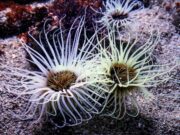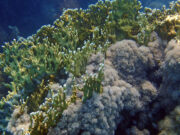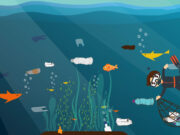Scuba diving in the UK may not be at the top of your list, but those who have braved the chilly waters know why it should be. From caves to reefs and everything in between, scuba diving in the UK has it all. Divers of every level will enjoy the UK’s rich history, beautiful scenery and vast biodiversity both above and below the sea. With impressive wreck dives, stunning underwater landscapes, and unforgettable marine life encounters, a UK diving adventure should be on your wish list. So, here are the areas that offer the best diving in the UK.
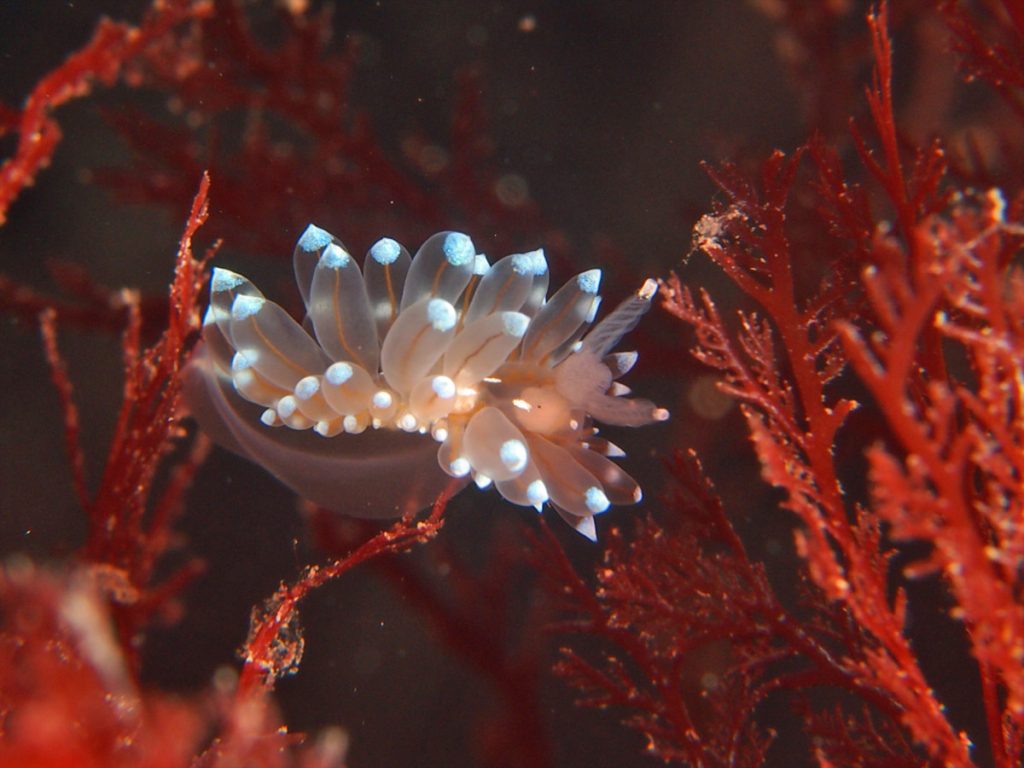 Image: Tim Nicholson
Image: Tim Nicholson1. Scapa Flow
Scapa Flow is a world-renowned dive destination famous for its stunning shipwrecks that date back to World War I. The shallow waters around Scapa Flow are home to over 50 sunken vessels, including battleships, cruisers, and destroyers, providing a unique opportunity for divers to explore history underwater.
The wrecks are covered in marine life, making each dive an exciting and unforgettable experience. However, Scapa Flow diving is not for the faint of heart. The cold temperatures require drysuits, but with wrecks starting at just 30 feet deep, divers of all levels will enjoy this unique destination. Scapa Flow offers a once-in-a-lifetime experience that combines adventure and history in a truly unforgettable way.
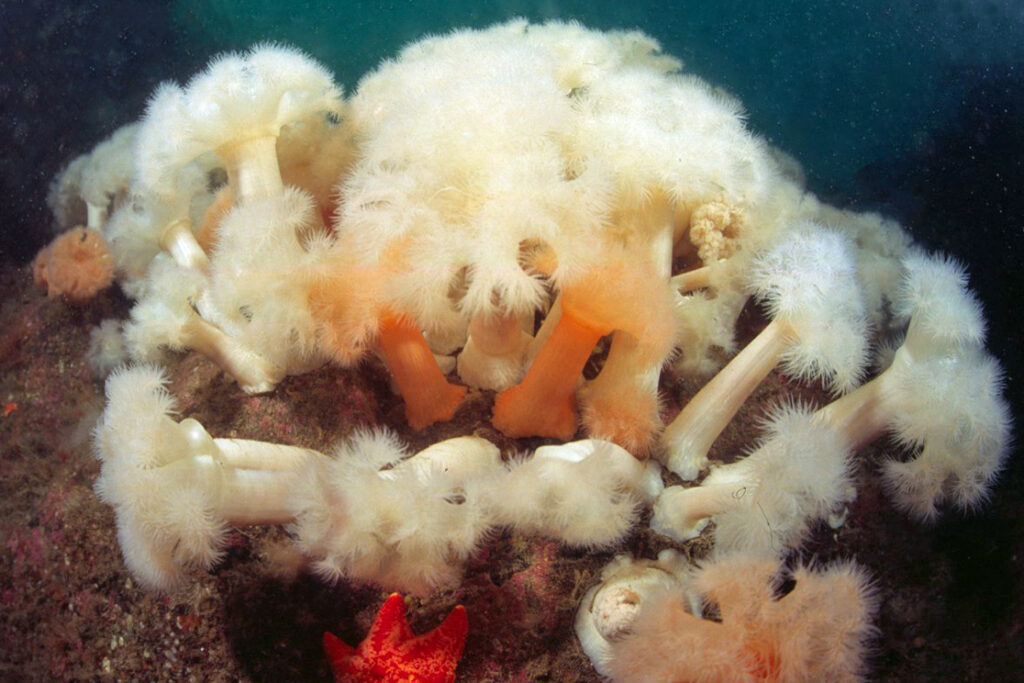 Image: Tim Nicholson
Image: Tim NicholsonThe waters of Scapa Flow sit amongst the beautiful Orkney Islands of Scotland. When not exploring this area’s unique underwater scenery, divers will have plenty of jaw-dropping sights to explore in this remote area of the UK. Green vistas, beautiful beaches, and dramatic sea cliffs are the backdrop to this area’s old Norse heritage, prehistoric ruins and WWI and WWII remnants. Your only issue when visiting will be having enough time to see it all.
2. The Manacles
Diving the Manacles is a true adventurer’s dream. This set of treacherous rocks and reefs off the Cornwall coast has claimed many ships over the years, making it home to several shipwrecks. Wreck enthusiasts will love diving here, where they can explore fantastic sites like the HMS Primrose, Hera, and Mohegan. Diving here is for experienced divers, as conditions can be challenging due to strong currents and changing tides. However, you will be rewarded with excellent visibility to appreciate the beautiful rock formations and vibrant marine life.
Exploring the topside of the Manacles is just as exciting as exploring below the water. The jagged rocks and cliffs provide a dramatic backdrop to excellent hiking and nature-watching. You can follow a variety of trails across the rugged landscape and enjoy breathtaking views of the sea and surrounding coastline. Don’t forget your camera, as colourful puffins call this area home, as do many other seabird species.
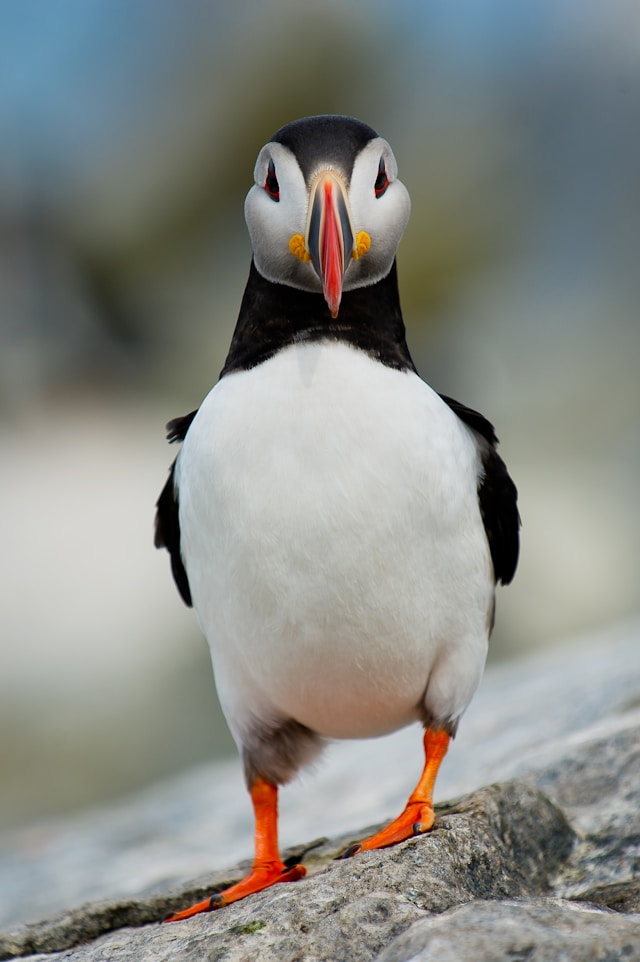 Image: Ray Hennessy/Unsplash
Image: Ray Hennessy/Unsplash3. Lundy Island
Twelve miles off the coast of Devon sits picturesque Lundy Island, the largest island in the Bristol Channel. Lundy diving is famous for encounters with playful grey seals and the MV Robert shipwreck. Lundy Island also offers fantastic caves and swim-throughs suitable for all levels of divers to explore. Since Lundy Island is protected as a Marine Conservation Zone, you will encounter a thriving population of diverse marine life, including conger eels, lobsters, soft coral, colorful sea anemones, and Lundy’s famous grey seals.

This biodiversity extends above water as well. When you are not diving, you can explore the variety of habitats on this island thanks to its designation as a Site of Special Scientific Interest. Many hiking trails crisscross the island, offering breathtaking views of the Bristol Channel. Bird watchers will especially love this area, as scientists have recorded over 300 known bird species here. Stopping in at one of the charming pubs is a perfect way to end your day on Lundy Island.
4. Isles of Scilly
The Isles of Scilly are well-known as the UK Caribbean, boasting fantastic visibility and wildlife sightings. The crystal-clear waters of the Scilly Isles are home to diverse marine life, including seals, dolphins, basking sharks, conger eels, and tons of fish. New and experienced divers will also enjoy the host of shipwrecks found there. Some deeper wrecks include the SS Schiller, which sank in 1875, and the most popular wreck, the HMS Association.
 Image: Annie Spratt/Unsplash
Image: Annie Spratt/UnsplashThis unique blend of history and stunning scenery extends above water as well. During your surface intervals, you will witness the stunning beauty of this area’s rugged coastline, sandy beaches, and rolling hills. On land, there is no shortage of activities. Whether you enjoy strolling through picturesque villages, bicycling along winding country roads, or exploring the island’s ancient ruins, the Isles of Scilly has something for everyone, both above and below the sea.
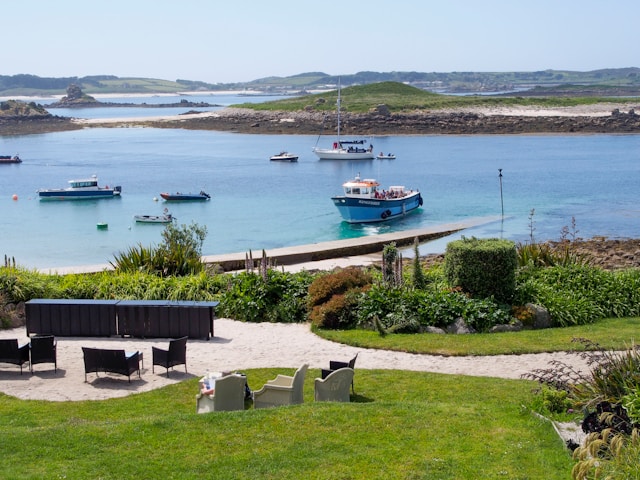
5. Farne Islands
The Farne Islands are home to a group of 15-20 islands and a large population of grey seals that have become a major attraction for snorkelers and divers. You will find the seal colony, estimated to be around 5,000, swimming throughout the Farne Islands’ rocks. During the summer, when water temperatures are comfortable, divers enjoy exploring the many shipwrecks at these islands. The underwater topography is also fascinating, with rugged drop-offs and impressive pinnacles.
Above water, the islands offer stunning scenery with seaside cliffs and rocky outcrops that are home to a variety of bird species. Wildlife enthusiasts will enjoy everything the Farne Islands has to offer.
6. Skomer Marine Reserve
The Skomer Marine Reserve offers UK divers a unique experience. This area, sitting off the Pembrokeshire coast, is protected from fishing activity, making it rich in marine life, including dolphins, seals, lobsters, colorful sea slugs, and seahorses. You will swim amongst underwater cliffs, large rock formations, and caves. There are also over 500 shipwrecks to explore, including the famous and deep Lucy wreck.

Above the surface on Skomer Island, sweeping views of secluded bays and sheer cliffs are just waiting to be explored. The stunning coastal scenery is home to many hiking trails that will lead you through heather-covered moorlands and beautiful areas covered in a variety of rare plants and flowers. The island is a wildlife haven featuring the puffin, which has become one of the area’s main attractions. Skomer Island is a true nature lover’s paradise.
When to go diving in the UK
Water temperatures surrounding the UK range from 6 to 10 °C (43 to 50 °F) in the winter and 15 to 20 °C (59 to 68 °F) in the summer. Before embarking on your UK diving adventure, consider earning your drysuit diving certification so you can make the most of the UK’s remarkable dive opportunities without getting cold.
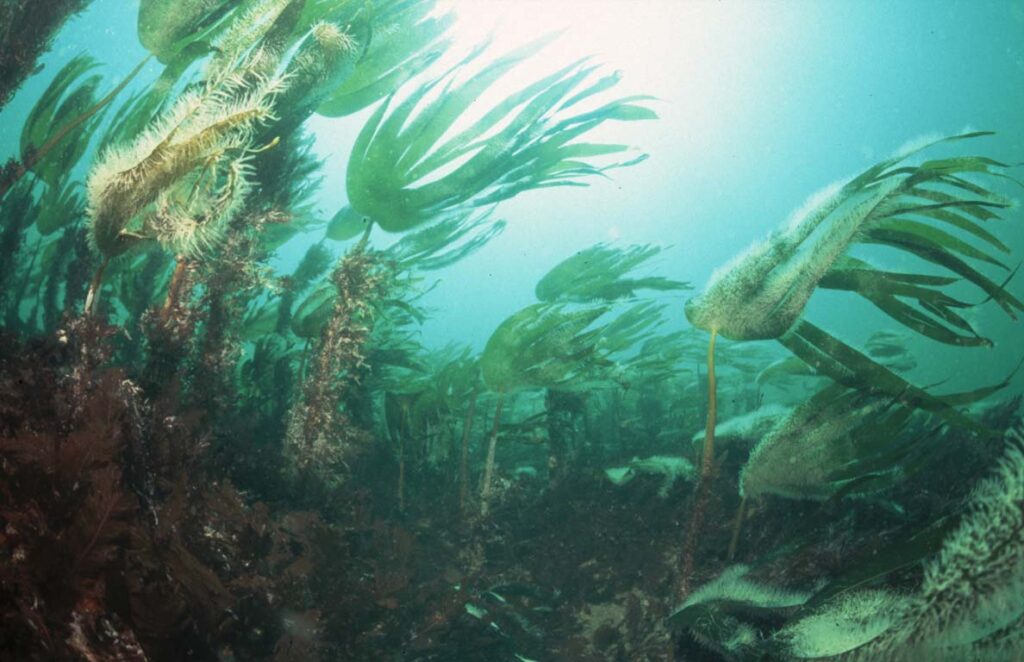 Image: Tim Nicholson
Image: Tim NicholsonSeptember and October offer the warmest water temperatures, but algae blooms can cause reduced visibility. For the best visibility, dive from December through March when the days are short and the water is cold, but the underwater sights make it all worthwhile.
Image credits:
- Janolus cristatus nudibranch in British waters: Tim Nicholson
- Plumose anemones by Tim Nicholson of SCUBA Travel: Tim Nicholson
- ray-hennessy-puffins-unsplash: Ray Hennessy/Unsplash
- annie-spratt-scilly-unsplash: Annie Spratt/Unsplash
- Kelp: Tim Nicholson


